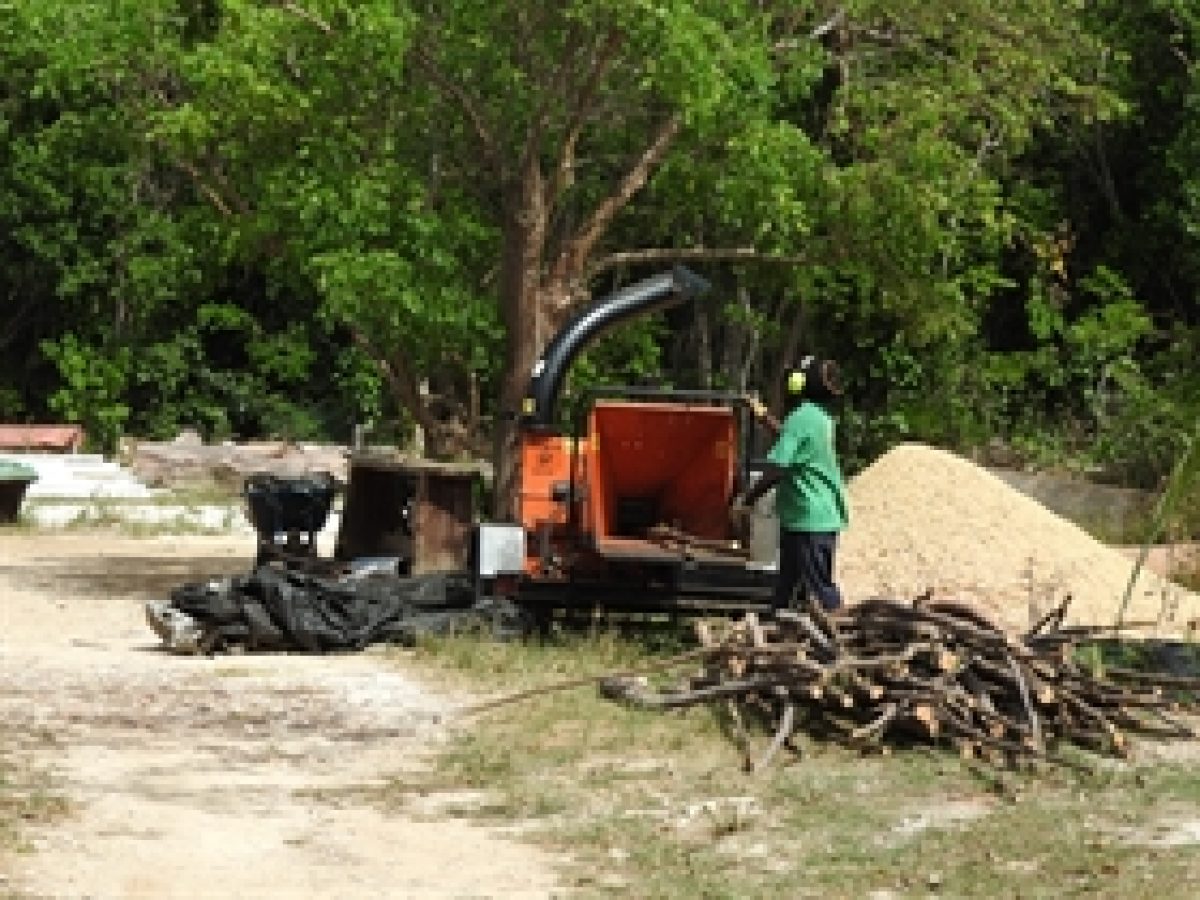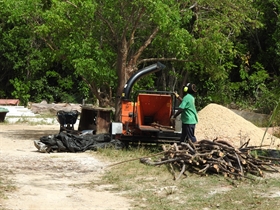
January 8, 2016
1/8/2016 11:19:09 AM

| When you fly over the Bahamas, drive along our coastal roads, or visit a beach, the tree that stands out the most is the evergreen Casuarina equisetifolia, also known as Casuarina or Australian pine. Many think this plant is native to the Bahamas due to its dominance across miles of landscape, but in fact it originates from Australia and parts of Southern Asia. Casuarina is what scientists refer to a non-native invasive species. Invasive species are those who in their non-native range, outcompete natives and reduce overall biodiversity, often taking over entire ecosystems. Invasive plants frequently are the first to recruit to disturbed areas. It is the reason this species regularly forms dense stands adjacent to roads where vegetation has been cut underneath power lines. Along coasts, native species have deep spreading interconnected root systems that help to prevent erosion. In contrast, Casuarina contributes to erosion when its shallow root system is unearthed during storm events. It is an unfortunate example of how destructive a single species can be to biodiversity and ecosystem health. As an organization whose primary mission is to promote native plants of The Bahamas, Casuarina is enemy number one here at The Preserve. Since the inception of the park, efforts have been aimed at eradicating this species from the 25-acre property and reducing the spread and range of Casuarina throughout Eleuthera. Our success in these efforts is due in part to having the necessary staff and tools in place to not only cut down the casuarina, but to reuse as much of it as possible. The main tools utilized are chainsaws and a chipper which we use to make wood chip for all the foot paths. A sawmill is also used to make planks of wood for benches and signs. The Casuarina removal program has also led staff to learn new skills: Arboriculture Wood engraving Carpentry Chainsaw, Sawmill and Chipper operations With continuous removal efforts and accompanying educational programs, we are doing our part in minimizing the impact of Casuarina on our native flora and the general environment. |